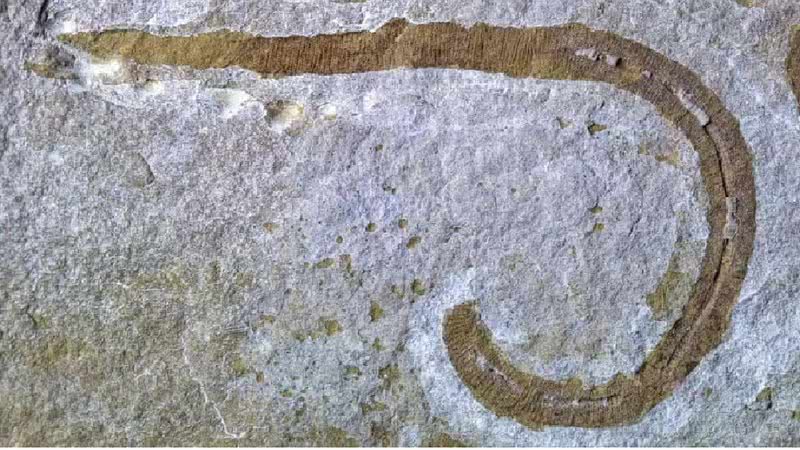A 425-million-year-old fossil was discovered in the English county of Herefordshire by researchers at the Natural History Museum in London.
Gabriel Marin de Oliveira under the supervision of Giovanna Gomez Posted on 05/23/2024 at 2:53 pm
A fossil of a prehistoric worm has been discovered in Herefordshire, England. According to a study published in the scientific journal Papers in Paleontology by researchers at the Natural History Museum in London, the creature, called Radnorscolex latus, was around. 10 cm long.
The species was carnivorous and grasped its prey by extending its retractable throat outside the body. These worms lived in the region 425 million years agoWhen the place was submerged in the sea.
We think they weren’t very picky about their food, probably just digging their throats into the mud and grabbing whatever they could find. In that way, they resemble the sandworms from Dune,” he says. Richie HowardCurator of Arthropod Fossils at the Natural History Museum, in a statement.
What is your class?
Although scientists knew about the species a century ago, a lack of technology prevented detailed studies. Using new techniques, the team analyzed and discovered the worm Ratnorskolex used hooks on its head to crawl and move around.
According to ‘O Globo’, he was classified as a part A class of extinct animalslike worms, called paleocolicidsIt disappeared about 400 million years ago due to rapid climate and sea level changes.

“Internet addiction in terminals. Award-winning beer expert. Travel expert. General analyst.”







More Stories
Oil falls for 4th consecutive session on US stocks and conflict in Middle East – Money Times
Youth development in UK poultry farming is a new initiative in international production
Robert F. Kennedy Jr. considers abandoning campaign and endorsing Trump